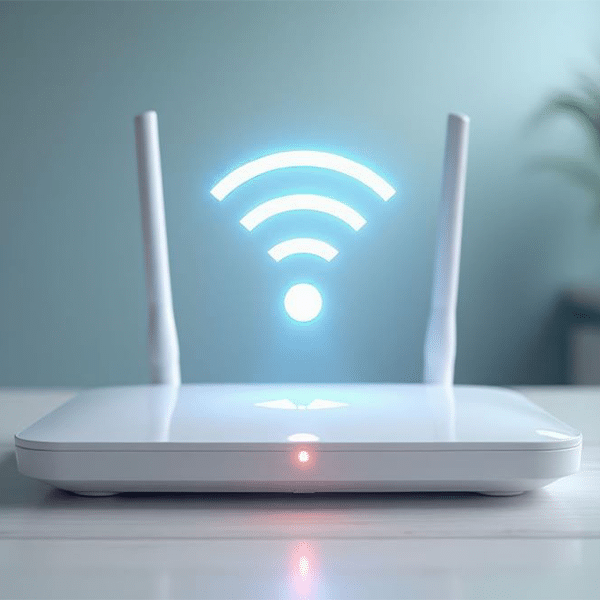 Viewers around the world are increasingly turning to the Internet to watch TV shows, and they’re increasingly sharing the experience with others via social media services, according to findings from Ericsson ConumerLab’s “TV & Video Consumer Trend Report 2011.”
Viewers around the world are increasingly turning to the Internet to watch TV shows, and they’re increasingly sharing the experience with others via social media services, according to findings from Ericsson ConumerLab’s “TV & Video Consumer Trend Report 2011.”
Watching scheduled, broadcast TV programming on TV sets remains the overwhelming mode and means of viewing: about 80% of those surveyed around the world reported watching scheduled, broadcast TV more than once a week. But that’s slightly less than last year’s result, according to the report.
In contrast, more than 44% said they are spending more time watching streamed and on-demand TV online. That compares with 38% from the 2009 study.
Ericsson ConsumerLab carried out 22 qualitative and 13,000 quantitative interviews representing nearly 400 million consumers in conducting this year’s study. Viewers were surveyed in Australia, Austria, Brazil, China, Germany, the Netherlands, Russia, Spain, Sweden, Taiwan, the UK, the US and South Korea.
Over-the-top and overall Internet TV viewing isn’t taking away from conventional TV viewing to the extent or degree that Internet news has taken away from traditional news and information media sources, Ericsson ConsumerLab senior advisor Anders Erlandsson pointed out.
“On-demand viewing is increasingly popular, while broadcast viewing has remained as the most common way for people to watch TV. People want both broadcast and on-demand viewing to be available,” Erlandsson said. “TV and video have not been negatively affected by the internet in the same way that print has; we just watch TV in many more ways than we did before.”
More than 40% of respondents said they used social media and various devices, smartphones and tablets among them, to communicate with others while watching TV.
“Our in-depth interviews – especially those in the US, which is a frontrunner in TV/video consumer trends – show how social media usage is impacting viewing. The majority of families combined TV viewing with the use of Twitter, Facebook, texting, voice calls and forum discussions about what they watched.
“This is particularly the case when watching reality shows and sports. This communication adds another dimension to the TV experience, as consumers found an annoying reality show funnier when they were able to comment on social media about ‘terrible’ singers, ‘ugly’ clothing or when your favorite team scores a goal,” Erlandsson commented.
Asked what they want from their TVs, a good quality picture remained the most important factor respondents’ cited, more important than alternatives, such as 3D or access to applications. Gaining access to movies still running in theaters directly on their TVs was the service most cited as the one they’d be willing to pay for.


